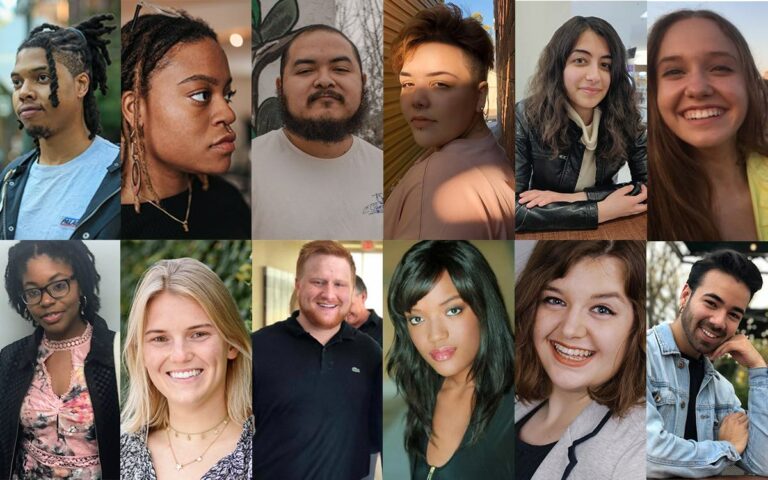One of the most rewarding and uplifting journalistic experiences in my career took place around 2005 in a very colorful Chicago-based newsroom — and I’m not just referring to the bright red paint splashed all over the walls.
The staff of the Tribune RedEye, a free print publication aimed at the then-emerging and highly coveted millennial audience, looked a lot different than the rest of the Chicago Tribune, aka “the blue side.”
Not only were some of the RedEye staffers visibly fresh out of college, demographically speaking we were a veritable rainbow coalition with significantly more Black and brown team members working diligently across editorial and design.
The level of racial representation was fitting for a city that, by the most recent Census count, is home to approximately 30% Latine, 29% Black and 7% Asian residents. I remember looking around the room during one of our storied headline huddles and thinking the makeup of the RedEye team could be a harbinger of progress within the industry at large.
Now, some 20 years later, that promise has not yet been fulfilled. Despite some improvements in terms of bringing on board more staffers of color and a righteous proliferation of BIPOC-led outlets, the media industry as a whole is nowhere near as rich with diverse perspectives as one would imagine, even during a time of robot dogs, private space travel and autonomous automobiles.
To quantify, people of color represented a measly 22% of the salaried workforce among newsrooms that responded to the News Leaders Association’s 2019 Newsroom Employment Diversity Survey. Making matters worse, the NLA acknowledges the numbers are of limited use because of a disturbing pattern of extremely low participation by outlets. For this year’s survey, for example, a mere 303 of 2,500 news organizations who were asked to participate did so.
Diversity data is slightly more encouraging among nonprofit newsrooms. According to the Institute for Nonprofit News’ 2021 Index, people of color made up 40% or more of total personnel at more than a third of outlets. Yet elsewhere in the report, it’s revealed that nearly two-thirds of the surveyed organizations still have all-white leadership.
Despite these disappointing data sets and a seeming reluctance to even help track progress, this is not a hopeless situation. It is possible to transform newsrooms across America at a rapid pace befitting this moment in our history. I know this for certain because, nearly two decades after my dalliance with a promisingly more diverse newsroom at RedEye, I am leading a nearly 30-year-old organization that over-indexes in diversity with approximately 80% BIPOC staff and an executive team that is also 80% BIPOC. This percentage mirrors the 14- to 24-year-old content creators we serve and center who are overwhelmingly African American, Asian American, Latine or of Indigenous heritage.
Any outlet can do what YR Media has done, and by incorporating the following five steps both start the work of reversing an unconscionable pattern of inequity and authentically attract the younger, more diverse audience all of us need to succeed.








